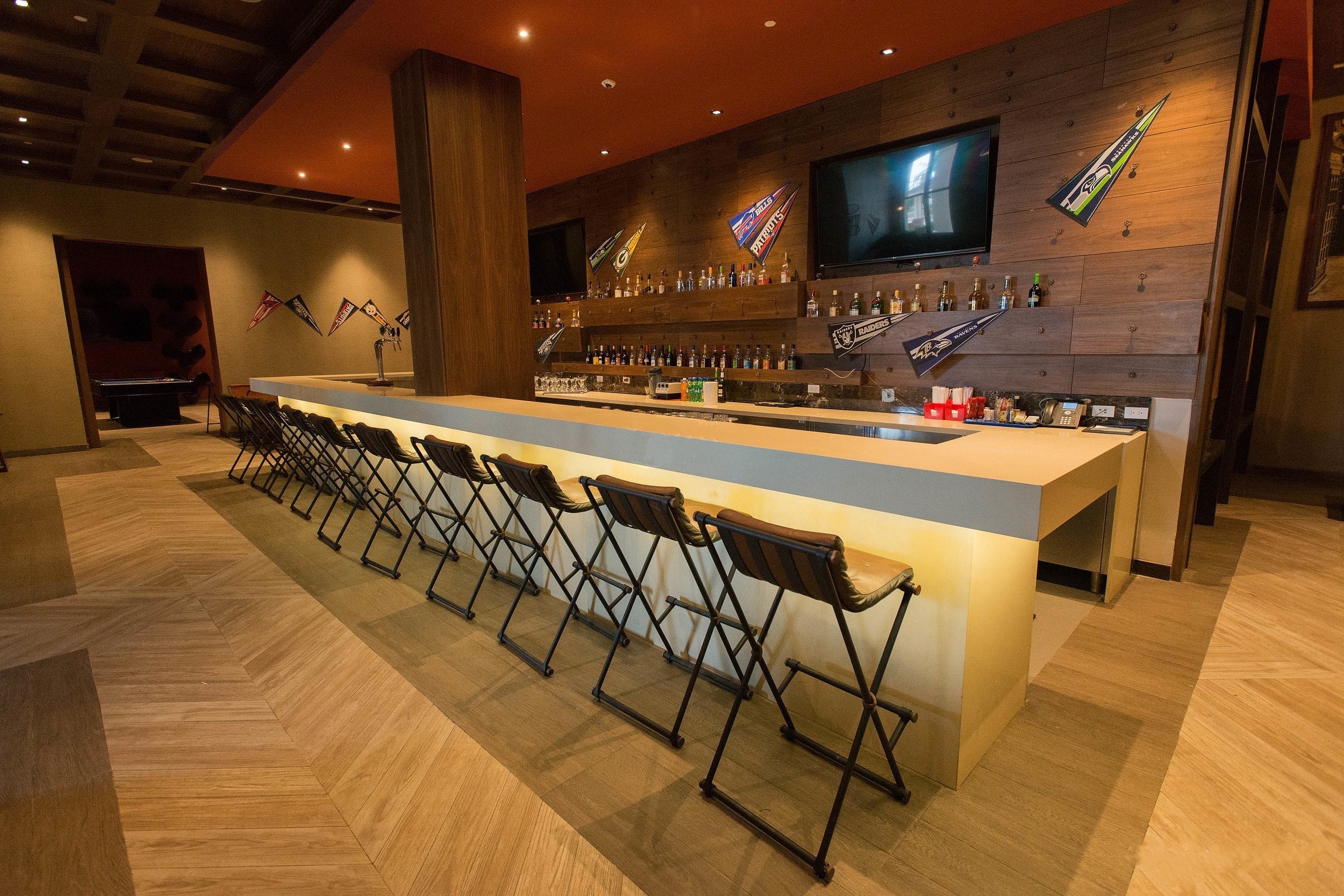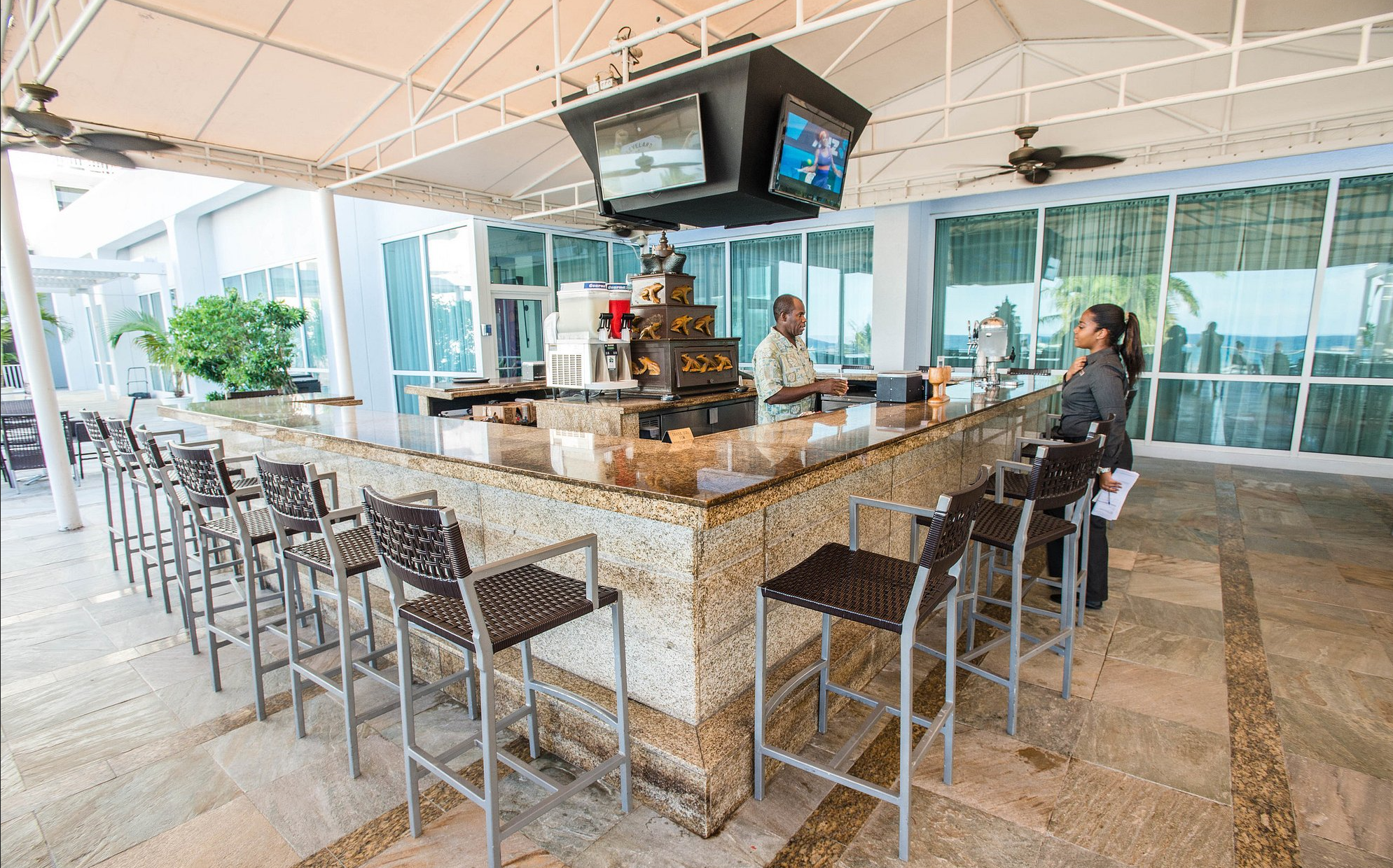Views: 0 Author: Site Editor Publish Time: 2025-06-11 Origin: Site








Bar stools are commonly found in kitchens, bars, and restaurants due to their sleek and stylish design, but there are growing concerns about their impact on health. Many people wonder if sitting on a bar stool for extended periods is good for their posture and overall well-being. In this article, we’ll explore whether bar stools are healthy to sit on, the benefits and potential drawbacks of using them, and how you can make informed choices to improve your seating experience.
Bar stools are designed for elevated seating, commonly used at counters, bars, and high-top tables. Their height makes them ideal for socializing or eating in standing-height environments. However, bar stools come in various designs, each affecting comfort and health differently. Let’s delve deeper into what defines a bar stool and how it compares to standard seating options.
Bar stools are high chairs designed to be used at elevated surfaces, such as kitchen islands, bar counters, or pub tables. They typically have a height range of 28-30 inches, which allows users to sit comfortably at higher counters. Bar stools are available in a variety of styles, including ones with and without backrests, armrests, and footrests. Their compact nature makes them ideal for tight spaces, but their ergonomic design can vary.

Yes, bar stools differ significantly from regular chairs in several ways. The most noticeable difference is height, as bar stools are designed for elevated surfaces. Regular chairs, on the other hand, are generally lower and often come with a full backrest, providing more support for longer sitting sessions. The design of bar stools typically prioritizes style and compactness, sometimes sacrificing comfort and back support. This can impact posture, particularly during extended periods of sitting.
Bar stools, when chosen correctly, can offer some ergonomic benefits. Here’s how certain designs of bar stools may promote better health and posture.
An ergonomic bar stool promotes better sitting posture and provides support where it’s needed most. Features such as lumbar support, footrests, and adjustable height can help reduce pressure on the spine and hips. Active sitting is encouraged, meaning that the body remains more engaged and alert compared to sitting in a standard chair, which can sometimes lead to slouching. When designed correctly, bar stools can encourage a posture that aligns the spine and supports the natural curve of your back.
Sitting on a bar stool can actually improve posture compared to sitting in traditional chairs. Since bar stools often have a higher seat, they encourage the sitter to sit upright with their feet placed flat on the floor or footrests. This can help maintain an upright position that minimizes slouching and promotes proper spinal alignment. Furthermore, by keeping the knees at a 90-degree angle, the spine stays in a more neutral position, reducing unnecessary strain.
While bar stools can offer ergonomic benefits, they also come with potential health drawbacks when used incorrectly. Let’s explore some common issues associated with bar stools.
One of the most significant issues with bar stools is the lack of back support. Many stools come without a backrest, which can lead to slouching, leaning forward, or poor spinal alignment. Prolonged slouching can result in lower back pain and strain, leading to discomfort over time. Without proper lumbar support, the spine can be forced into unnatural positions, which could aggravate or even cause chronic back issues.
Bar stools come in various heights, and choosing the wrong one can lead to discomfort. If the stool is too high or too low for the counter or for your body type, it may cause you to bend your knees or over-extend your legs. This misalignment can result in strain on the lower back and hips. A stool that is too tall can also cause you to awkwardly stretch your legs, while a stool that is too short might lead to an uncomfortable position that forces you to slouch.
Unlike standard chairs designed for prolonged sitting, bar stools aren’t built for long-term comfort. Sitting on a bar stool for extended periods may lead to discomfort, particularly in the lower back, legs, and hips. Without proper cushioning and back support, the body can become fatigued quickly, increasing the risk of developing pain from poor posture. Regularly changing positions and taking breaks can help mitigate this issue.
Not all bar stools are created equal. Choosing the right stool involves considering several factors to ensure comfort and proper support.
When selecting a bar stool, it’s crucial to ensure the height of the stool aligns with the height of the counter or bar. For optimal posture, your feet should rest flat on a footrest or the floor, and your knees should form a 90-degree angle. If the stool is too tall, your knees may be raised too high, leading to discomfort in your lower back. Conversely, a stool that is too short can cause your legs to dangle, which can be uncomfortable for extended periods.

To support your back health, look for bar stools that feature ergonomic elements such as lumbar support, adjustable height, and a footrest. Lumbar support helps maintain the natural curve of your lower spine, reducing strain. Adjustable height ensures that you can position the stool at the correct level for your body, minimizing the risk of slouching or stretching.
Cushioned bar stools provide added comfort, particularly when you’re sitting for longer periods. Look for stools with soft, padded seats and backrests. The material of the stool (such as memory foam or padded fabric) can make a significant difference in comfort levels, especially if you’re using the stool regularly. Choose materials that are breathable and durable to avoid discomfort from prolonged use.
Sitting correctly on a bar stool is essential for preventing back pain and maintaining good posture. Here’s how you can ensure proper seating posture.
Ensure the height of the bar stool is appropriate for the counter height and your body. Adjust the stool so that your knees are at a right angle, with your feet resting flat on the footrest or the floor. This will prevent discomfort and strain.
Sit upright with your back straight, and avoid slumping or leaning forward. Keep your shoulders relaxed and aligned with your hips. If your bar stool has a backrest, make sure to use it to support your spine, particularly the lower back.
To avoid prolonged pressure on one area of your back or hips, change your sitting position every 20-30 minutes. Adjust your posture or stand up for a quick stretch to relieve tension and improve circulation.
If bar stools aren’t providing the support you need, consider these alternatives that offer more ergonomic benefits.
Ergonomic chairs are specifically designed to offer better back support for prolonged sitting. They often come with adjustable lumbar support, backrests, and seat cushions that provide a more supportive seating experience. If you need to sit for longer periods, ergonomic chairs are an excellent choice for preventing discomfort and improving posture.
For those who find sitting for long periods uncomfortable, standing desks are an ideal alternative. They encourage more movement and provide flexibility between sitting and standing. Alternating between sitting and standing can help reduce the strain on your back and improve overall comfort throughout the day.
Sitting on a bar stool can be healthy when chosen and used correctly. The key factors are choosing a stool with proper ergonomic features, adjusting its height to suit your body, and practicing good posture. If you experience discomfort, consider alternative seating options like ergonomic chairs or standing desks. By following these guidelines, you can enjoy sitting on a bar stool comfortably without compromising your back health.
A: Ergonomic design ensures proper support for the spine, reduces discomfort, and promotes good posture while sitting. This helps prevent back pain and discomfort associated with poor seating.
A: Adjust the stool height so that your knees are at a 90-degree angle and your feet rest flat on the footrest or floor. Maintain an upright posture and use lumbar support if available.
A: Yes, bar stools with backrests provide lumbar support, preventing slouching and encouraging a better sitting posture, which reduces the risk of back pain.
A: Sitting on a bar stool for extended periods isn’t ideal. It’s recommended to take breaks every 30-60 minutes, standing or moving around to reduce strain on the back.
A: Ergonomic chairs, standing desks, and regular breaks can provide better support and reduce the risk of back discomfort compared to sitting on bar stools.